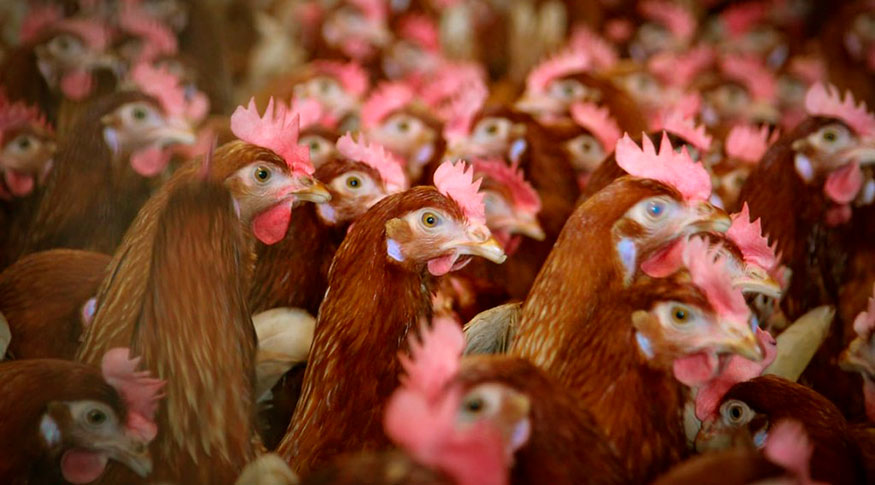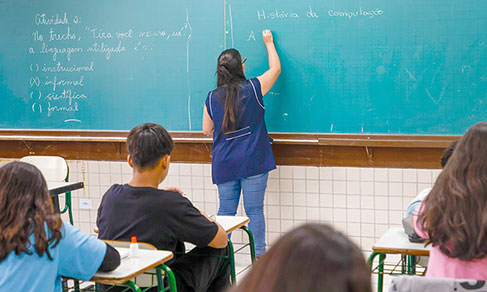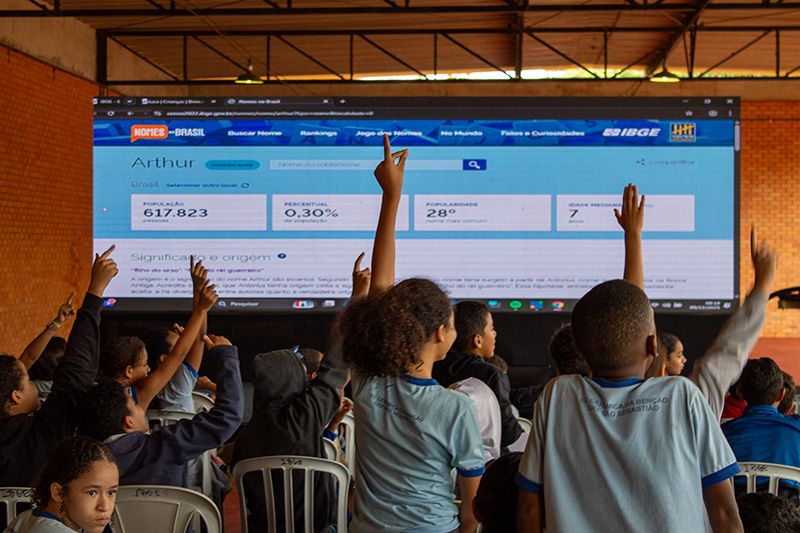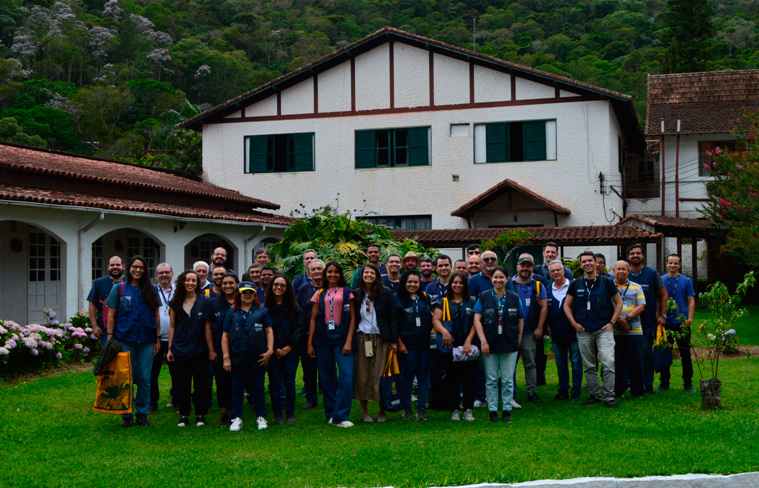Quarterly Livestock Surveys
Slaughter of chickens and hogs and pigs hits a record figure and falls again in 2021
March 15, 2022 09h00 AM | Last Updated: March 18, 2022 05h56 PM

Slaughter of chickens in Brazil reached 6.18 billion in 2021, which represents an increase of 2.8% - or 169.87 million chickens more - against 2020. With this result, the country reached a record figure in the time series of the Quarterly Survey of Animal Slaughter, released today (15) by the IBGE, and conducted since 1997. Cattle slaughter amounted to 27.54 million head last year, with a decrease of 7.8% against 2020, when the index had fallen (-7.9%) against 2019. The IBGE also presents a new indicator in this publication - Price of raw milk paid to the producer, as experimental statistics.
In the case of hogs and pigs, the cumulative index in 2021 ergistered a record slsughter of 52.97 million head, representing an increase of 7.3% (+3.61 million) in relation to 2020.
According to Bernardo Viscardi, analyst of the survey, the result of 2021 maintains the scenario observed since 2020. “As for cattle, animal retention remains, mainly of females for breeding purposes. The price of cattle has been on an upward trend, leading the producer to avoid slaughter, “ Mr. Viscardi explains. The total number of females slaughtered throughout 2021 is a proof: only 9.31 million head, lowest result since 2004.
The restrictions imposed by the Chinese market also affected the result. China is the main importer of Brazilian beef and has accounted for more than 50% of the national exports. However, in September, an unexpected occurrence - two cases of the mad cow disease, the Asian country put an embargo on Brazilian beef. This situation lasted up to December. “That had an impact on the beef chain, since exports throuoghout the last few months has been at high levels,”, Mr. Viscardi says. Even so, exports of fresh beef had the third best result in the time series of Foreign Trade Secretariat of the Ministry of the Economy, with 1.56 million mtonnes sent abroad. The crisis with China also had an impact on the price of oxen price, which fell in the market, causing the producer to hold slaughter for a while in order to charge better prices later.
With an increase in domestic consumption and in exports, chickens and hogs and pigs hit record figures
The record number of chickens slaughtered in 2021 was the highest result for exports of fresh chicken. However, it was not the foreign market alone that had an impact on the result: domestic consumption remains on an upward trend, for Brazilians have chosen other protein rather than beef, whose prices are very high. “Both chicken and pork have become cheaper options,” says the survey analyst, as he recalls the impacts of the Covid-19 pandemic on the country’s economy. “The performance of exports helped in the chain of pork, due to a challenging scenario caused by the rise of production costs,” Mr. Viscardi highlights. Pork exports also hit a record in 2021.
Eggs hit new record and milk acquisition falls for the fisrt time after four years
The production of hen eggs in 2021 hit a record figure and amounted to 3.98 billion dozen, a change of only 0.2% in relation to 2020, but enough to mean a new record in the survey’s time series, initiated in 1987. “Since 2020, there has been an increase in egg production, after the sta6rt of the COVID-19 pandemic, related to the reduced purchasing power of the population,” says Mr. Viscardi, as he mentions eggs as protein of reasonable price at time of economic deceleration.
The cumulative acquisition of raw milk in 2021 was of 25.08 billion liters, a decrease of 2.2% against the amount registerdd in 2020. That is the first decrease after a four-year period of increases in a row, observed between 2017 and 2020. in spite of that, the result was the second best registered for a year, taking into consideration the survey’s time series, which started in 1997. “Year 2021 was characterized by the occurrence of frosts and by a more intense dry period, and were a contribution to damage pastures in some of the main producing areas,”, says Viscardi. Also, there was increase of costs with rise of prices of inputs such as supplements for cattle, the cost of energy and of fuels, which affected the production chain of milk. “It is difficult for the sector to paas on the cost to the consumer”.
The Quarterly Survey of Leather, which investigates tanneries that process at least 5 thousand pieces or rawhide per year, registered, in 2021, a total 29.34 million whole units. that represents a decrease of 4.8% in comparison with 2020, directly influenced by the decrease in cattle slaughter throughout the period.
IBGE releases “Price of raw milk paid to the producer” as experimental statistics
The IBGE will also release, from this edition on, the price of raw milk paid to the producer within the scope of the Quarterly Survey of Milk. In 2019, the average price per liter, at national level, was of R$ 1.36. In 2020, it reached R$1.70 and closed 2021 at R$ 2.08.
Since 2019, the survey questionnaire adopted a consultation to the enterprises about the average price paid, monthly, by the raw material acquired (raw milk, cooled or not). Since the, the variable investigated was used only internally to provie material for collection and data editing of the Municipal Livestock Survey (PPM).
For additional information about the IBGE’s experimental statistics, click here. To see the other tables, click here.
More about the Quarterly Survey of Animal Slaughter
The survey investigates information on the number of slaughtered animals and the total weight of carcasses, by species of cattle (oxen, cows, steers and heifers), hogs and pigs, and chicken, having as collection units establishments that slaughter animals under federal, state or municipal sanitary inspection. The survey is released every quarter and data are presented every month for each quarter of the civil year.
As of the first quarter of 2018, in response to users’ needs for timely information on livestock, the IBGE started releasing "First Results" of the Quarterly Survey of Animal Slaughter for Brazil, as a provisional solution. These data are available nearly one month ahead the release of the "Complete Results”. These are available at Sidra database. Complete data area available at Sidra.




















